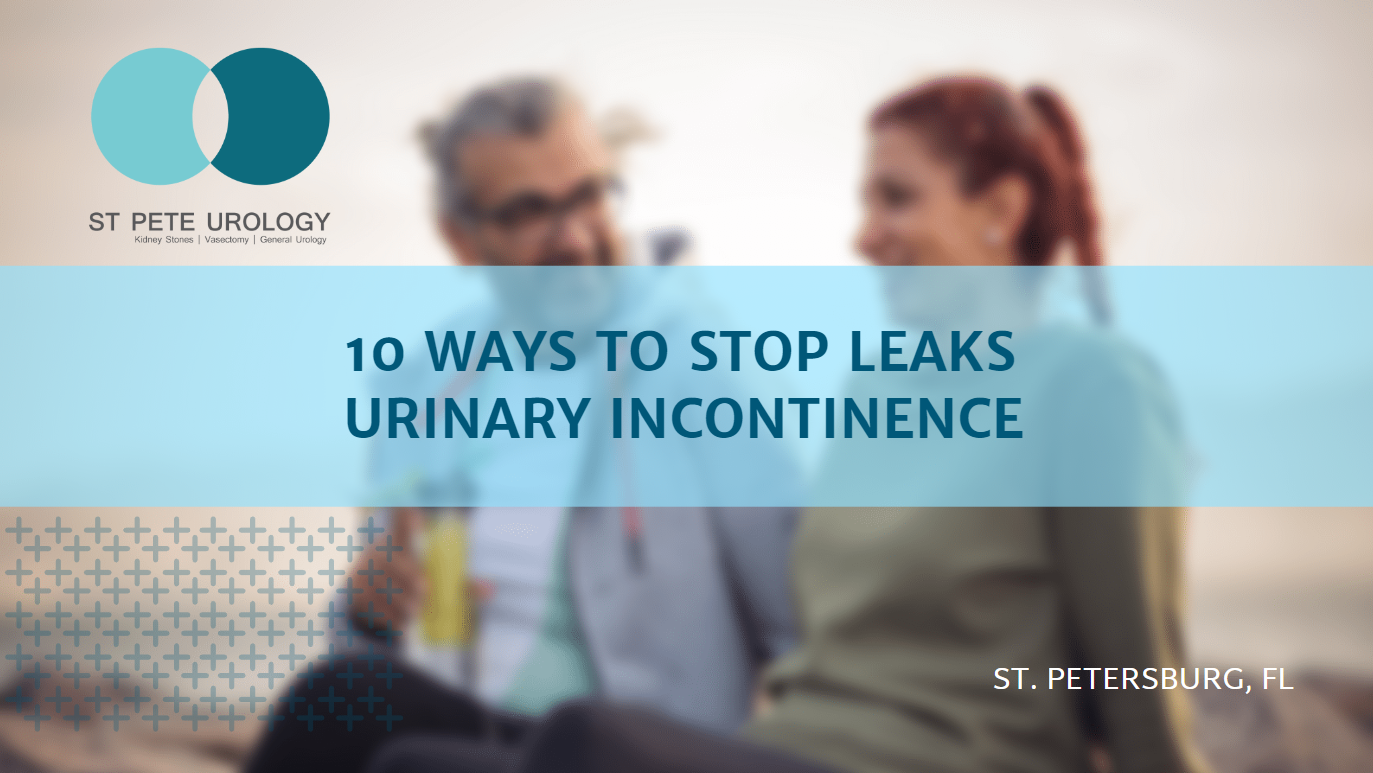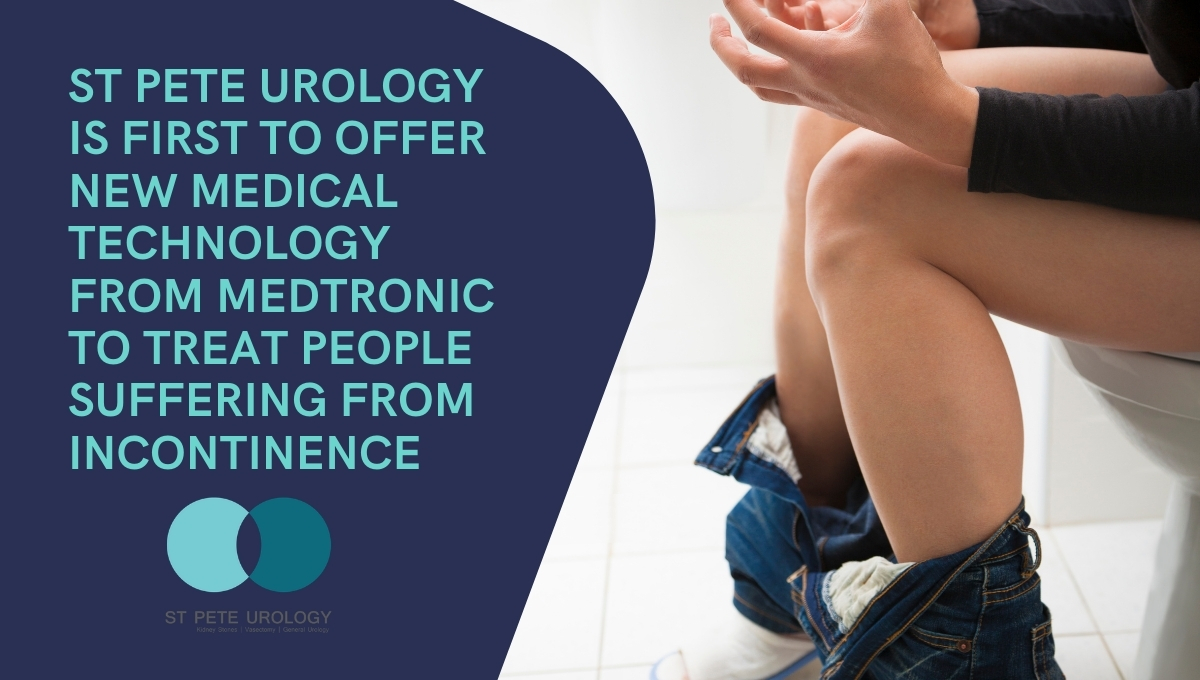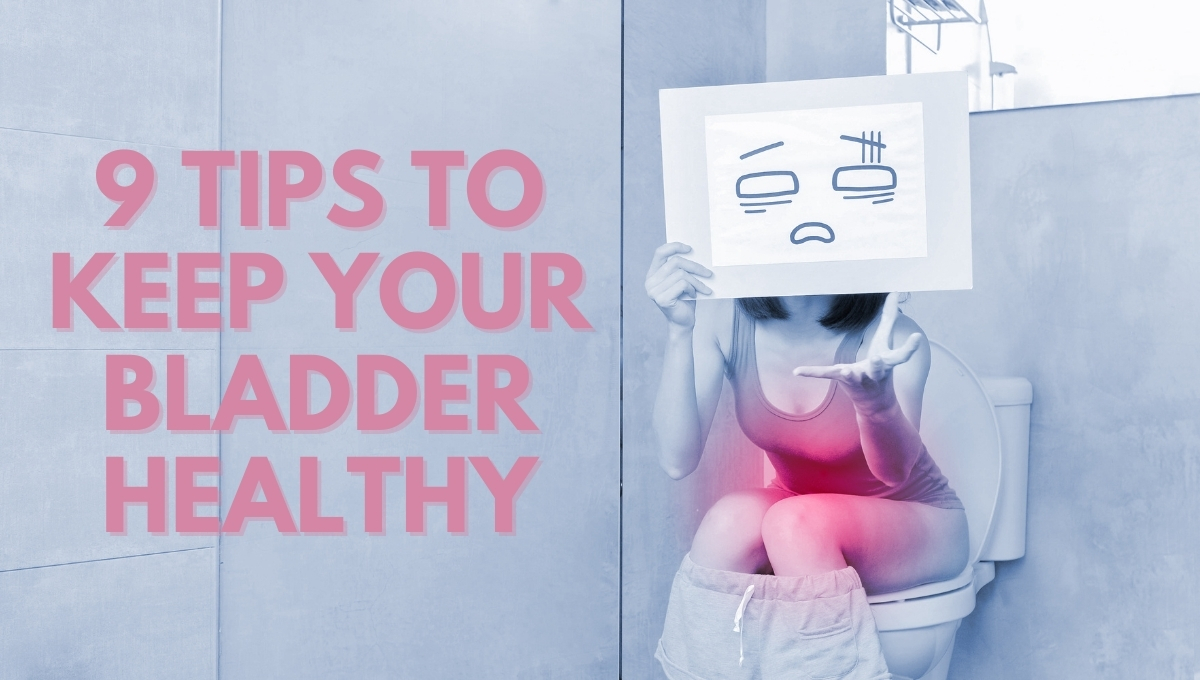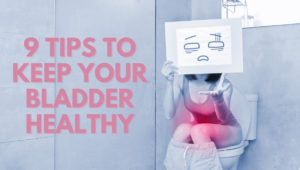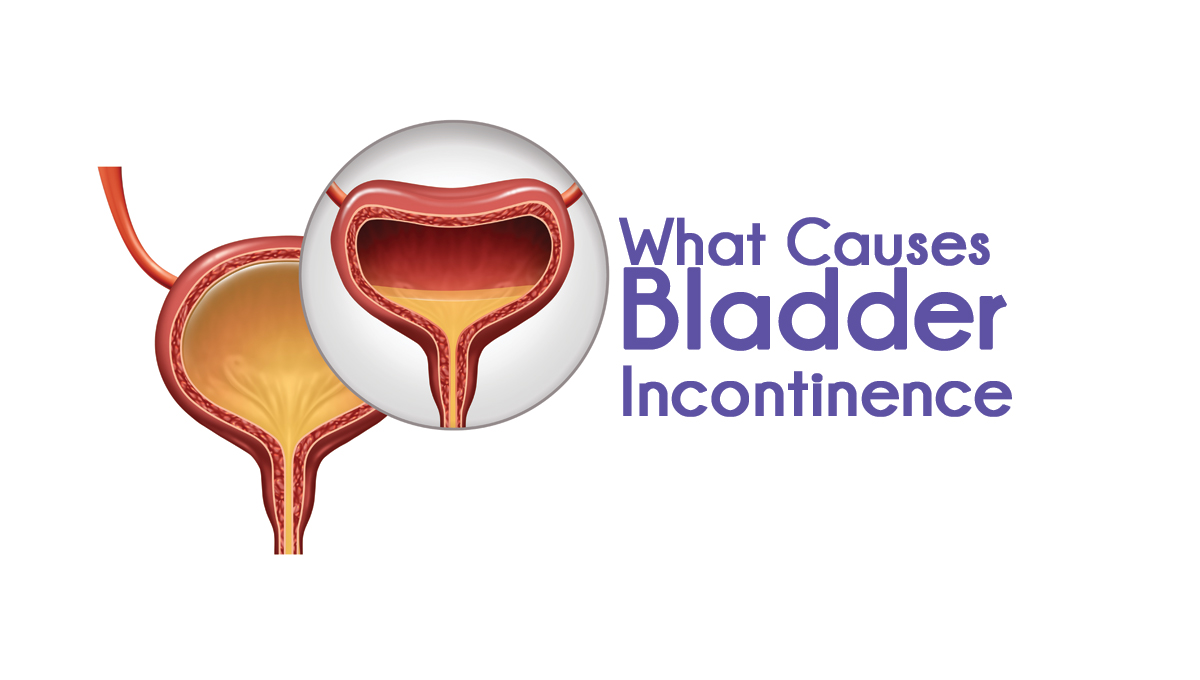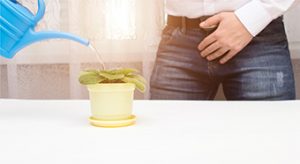

Also, many may experience low self-esteem, body negativity, low physical attractiveness, inadequacy, and reduced sexual desire, which tragically can lead to self-isolation, loneliness, and depression. Plus, accidental urine leaks can compromise daily life activities as you have to continually interrupt your life to use the bathroom.
There are a number of effective treatments for urinary incontinence, including medications, electrical stimulation, medical devices, and surgery. But there is also a lot you can do to reduce the risk of urinary incontinence and to avoid accidental leaks.
Here are 10 ways to stop leaks in urinary incontinence.
Increase your fluid intake
Drinking enough water makes your urine less concentrated. This prevents bladder irritation and minimizes urinary urgency that is usually the immediate cause of urine leakage.
So you shouldn’t stop drinking more water when you have urinary incontinence. Instead, make sure to drink 6-8 ounce glasses of water a day.
An easier way to know you’re drinking enough water is to monitor the color of your urine. Pale yellow urine means adequate hydration, while darker yellow suggests you should drink more.
Empty your bladder regularly
Visiting the bathroom on schedule, every 2-3 hours, even when you don’t feel the urge to pass urine is effective in preventing urine leaks. The strategy keeps urine volume in the bladder low enough to stop accidental leaks.
Another strategy is to always empty your bladder before you leave your house or other venue, like a restaurant or office, even when you don’t feel the urge to go. This will reduce the chances of having an uncontrollable urge to urinate as you travel or go about your routine.
Know where bathrooms are located
When in a new, unfamiliar destination, such as a museum, restaurant, shopping center or park, make sure to know the location of the bathroom. This will enable you to reach the bathroom as soon as you feel the urge to urinate and reduce the chances of accidental leaks.
Keep a bladder diary
If you want to understand the triggers and patterns behind your urinary incontinence, tracking your bathroom habits using a bladder diary is an effective method. In fact, a few days before you visit your urologist, you should start keeping a diary.
Write down what you drink, the time you drink it, the number of times you pass urine, and whether you’ve had urine-leaking episodes. Also, indicate everything that might have caused the accidental leakage, such as exercising, coughing, or a sense of urgency.
Engage in Kegel exercises
Pelvic floor muscle exercises, called Kegels, help strengthen bladder-supporting muscles and in turn prevent urine leaks and urinary urgency due to overactive bladder.
Kegels are quite easy to do. For instance, you can simply tighten or squeeze your pelvic floor muscles (muscles that you use to stop urine flow or the passing of gas) for a count of three, then relax them slowly for a count of three. Build up to doing 10-15 squeezes, 3 times a day, and see your bladder control improve within 6 weeks.
The good thing with Kegels is that you can do the exercise any time, at your desk at work or while sitting in your car.
Lose weight
Losing weight removes the extra pressure on your bladder and pelvic muscles, which can cause accidental leakage. Losing up to 20 pounds of weight over a period of say 6 months can cut bladder leaking episodes by nearly 50 percent.
Cut down bladder-irritating drinks and food
Certain drinks and foods may irritate the lining of your bladder and cause an overwhelming urge to urinate, which may be followed by accidental leakage. For instance, caffeine and alcohol are top bladder irritants. And by limiting alcohol and caffeine beverages, such as tea, coffee, and cola you can prevent urine leaks.
Also avoid bladder irritants such as apples, apple juice, artificial sweeteners, carbonated beverages, chili and spicy foods, chocolate, citrus fruit and juices, milk products, cranberries and cranberry juice, pineapple, tomatoes, sugar and honey, and vinegar.
A good strategy is to try eliminating one or more potential irritants from your diet for 2 weeks, the reintroduce them one by one every few days to see if there is a noticeable difference in your urge to pee, how often you go, and the number of leaks you’ll experience.
Quit smoking
Smoking makes you more vulnerable to urinary incontinence by damaging the small blood vessels in your body and causing tissue weakness. Also, smoking can cause coughing, which may lead to urine leakage by increasing pressure on the pelvic floor muscles.
Plus, cigarette smoking can triple your risk of bladder cancer, which has one of its symptoms as the need to urinate more often or an uncontrollable urge to urinate, even when the bladder is not full.
Review your medications
Some medications can promote urinary incontinence. For example, diuretics increase urine production by the kidneys while muscle relaxants and sedatives relax the urethra and increase the need to pee.
When you suspect your drugs as culprits in your urinary incontinence, speak with your doctor about it. Your physician will determine if the dosage should be changed, if alternatives could be used, or if you should stop taking them.
Treat constipation promptly
With constipation, your colon swells and strains due to excess abdominal muscle pressure. The continuous straining to pass stool weakens pelvic floor muscles and makes urinary incontinence worse. In turn, bladder muscles are adversely affected and the severity of urinary incontinence increases.
Eat more fiber to prevent constipation. Equally, exercise regularly and drink plenty of water. And if you have chronic constipation, speak with your doctor for recommendations on how to manage it, including taking medications or trying physical therapy.
Are you bothered by urine leaks? At St Pete Urology, we encourage you to make the above simple changes to strengthen your bladder and pelvic muscles, reduce bladder irritation, and improve your urinary incontinence symptoms. If urine leakage persists, see your urologist to determine the underlying cause and develop a tailored treatment for you.
For more information on urinary incontinence and other urological problems, visit the site “St Pete Urology.”

